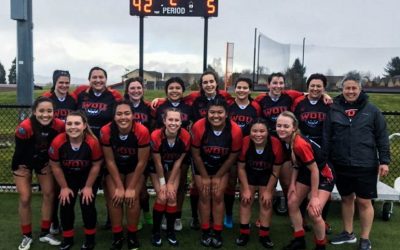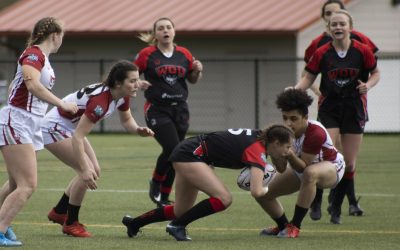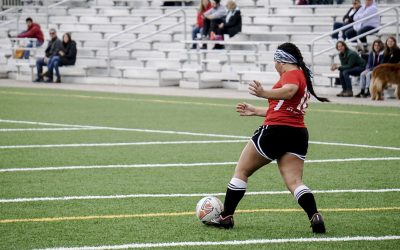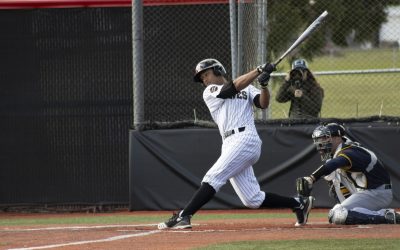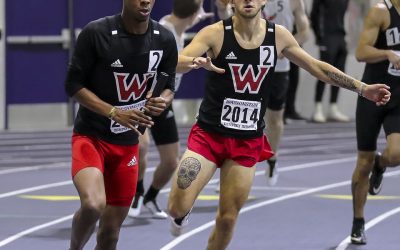Caity Healy | Managing Editor Christina Carney, Women’s Rugby Senior, Early Childhood Studies When and how did you find out your season was coming to an abrupt end? I kind of figured our season was coming to an end once the governor announced that no...
Sports
Campus Voices
Cora McClain | Editor-in-Chief Yasmine Saleem, First-year Chemistry major ; Soccer, because of the physical competitiveness and I just like kicking things. Em Preuss, Junior ASL/English Interpreting major ; Color Guard, because I’m a member of Color Guard....
Track and field start outdoor season on the right foot
Hannah Greene | Sports Editor As the Division II Indoor Track and Field Championships approaches, the Wolves got an early start to their outdoor season. Two meets were held last weekend, March 6 to 7, at Willamette University and Linfield College. Both meets met the...
Racking points for seniors during Women’s Rugby match
Hannah Greene | Sports Editor The gridiron was full of spirit, the seniors were ready for their game and their teammates ready to battle for them. Saturday, Feb.29, the Women’s Rugby team held a home game against the Willamette University Wildcats for their Seniors...
Western player spotlight: Gha Ming Ng
Hannah Greene | Sports Editor Highlighted this week is Gha Ming Ng, a Western Women’s Club Soccer player and newly Western Women’s Rugby player. Ming was part of the team that flew to Texas to participate in Nationals for club soccer and part of the rugby team that...
From the Sports Desk: You win or you lose, no inbetween
Hannah Greene | Sports Editor Currently, we are raising our children to have unrealistic expectations in life, that in turn, do not help our society grow or prosper. Growing up, trophies or ribbons were never given to anybody who got lower than third. Each team had...
Men’s Baseball win two of their four home games
Hannah Greene | Sports Editor Sunday, March 1, marked for a day of Western Baseball. From Feb. 29 through March 1, the Baseball team played against the Montana State University Billings Yellowjackets, a 4-game series. Saturday showed for a win-loss day, both the...
Track and field take 6th and 7th at GNAC Championships
Hannah Greene | Sports Editor Over the last weekend, Feb. 21 and 22, the Men’s and Women’s Track and Field teams got on the bus to head to Boise, Idaho, for the GNAC Indoor Championships — a preview of what to expect for the NCAA Division II Championships. The Wolves...
Varsity and Club Sports March calendar
Hannah Greene | Sports Editor Local Games Only Varsity Men’s Baseball: March 1 @ 12 p.m. vs. Montana State University Billings March 14/15@ 1 p.m. vs. Concordia (tentative) March 18 @ 2 p.m. vs. George Fox University March 27/28 @ 1 p.m. vs. Northwest...
IFC planning to cut 5.5% from Campus Recreation, your activities
Hannah Greene | Sports Editor Intramurals are a way to get out and be active; they happen all year long with multiple teams one can join each term. Not only do students actively participate in Intramurals, but the league also provides jobs for more than 25 students,...

